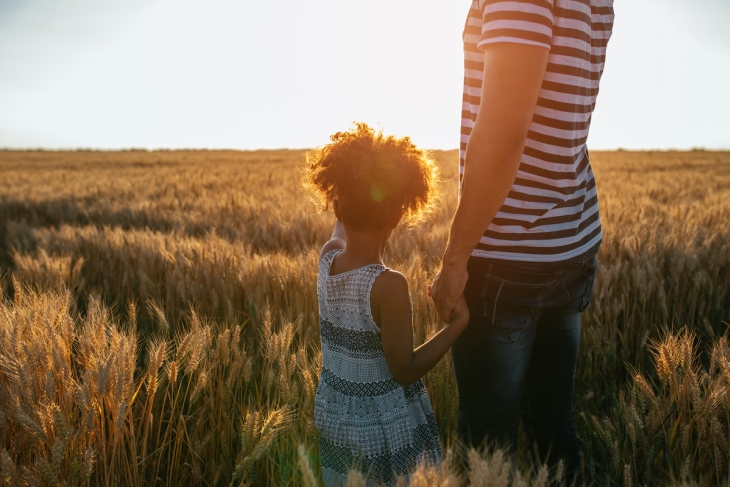“In the midst of winter, I found there was, within me, an invincible summer.” —Albert Camus
By now you’ve heard the ominous warning issued by President-elect Joe Biden that the country is facing a “dark winter.” For many school districts across the nation, this week is the last one before the holidays, and most large ones are only offering remote instruction. The lack of constitutional authority notwithstanding, Biden has promised to safely and responsibly reopen the “majority” of schools for in person learning within his first one hundred days in the White House. Practically speaking, this would entail swinging open the physical doors on at least half of the nation’s 130,000-odd schools by the beginning of May, when many schools ordinarily prepare to end the school year.
What this timeline portends, especially for the majority of large districts that have intermittently closed or remained physically shuttered, are more enervating stories ahead about learning loss and missing students, as well as harrowing accounts of child abuse, adolescent depression, and suicide.
The daunting outlook means things may well get worse before they get better, but it hasn’t been all gloom and doom. Indeed, there have been genuinely encouraging developments that provide some reason for Yuletide cheer in a year that’s been otherwise wanting for good news. Five trends in particular could pay dividends when the country finally kicks this godforsaken plague to the curb.
First, parents cannot unsee their children’s virtual lessons, no matter how earnestly some districts may wish. This newfound transparency has been an adjustment for teachers and parents alike, but the dynamic has empowered more parents and families to take control of their children’s learning. From homeschooling to learning pods, a burgeoning parent activism could exert some long overdue pressure on states and districts to diversify their delivery system and design programs that are more accommodating to the needs of students and families. One stellar example of this is a charter school in New Jersey that has started offering evening classes for Kindergartners to help families coping with Covid-19.
Second, the “whatever it takes” ethos behind efforts like the one just mentioned require courageous leadership. Almost axiomatically, state and district chiefs have in too many instances made reopening decisions that are convenient for the teacher unions and the bureaucracy, leaving students and families out in the cold. In contrast, consider this from a recent op-ed by former Dallas superintendent Mike Miles:
My network, Third Future Schools, has conducted in-person learning since Augugt 5 (after six weeks of in-person summer school), and have had relatively few teachers and students test positive and virtually no transmission within any of the schools. We will likely remain open through this pandemic because mitigating learning loss and growing student achievement will positively impact our students in both the short and long term, while the failure to provide students with first-rate instruction during this time will negatively impact them for years to come.
Education decision-makers would do well to adopt Mike’s clarity of vision and purpose as they regroup and recalibrate for the second half of the school year.
Third, charter schools have been on the ropes nationally, still ducking and weaving in states to avoid every blow. To wit, when Covid-19 upended routines for millions of students last spring, leading charter school networks sprang into action to significantly improve the remote learning experience for students, teachers, and families. Their response to the viral challenge offers many lessons. Among them, the importance of leaning into a team approach to curriculum and instruction, recreating the structure of the normal school day and rigorous grading practices, and reaching out to individual students and families on a regular basis.
Fourth, the crisis has highlighted the need for common, high-quality curricula because charter networks and districts with one in place were able to more easily pivot to remote or hybrid learning. To be sure, the critical conversation on the science of reading was briefly sidelined in favor of getting virtual instruction right, but it has since found its legs again. In August, Emily Hanford published her latest entry on America’s approach to reading instruction, and then two months later, got a hold of internal documents in which self-proclaimed literacy guru Lucy Calkins partially walked back her influential curriculum and philosophy for teaching English language arts. There’s plenty of reason for skepticism, but the ample energy and attention being given to parental demand for scientifically sound practice is momentum worth sustaining.
Finally, high-dosage tutoring is having a moment here and overseas. The evidence behind it is clear and compelling, though the problem of scaling is difficult to overstate. Still, assuming a sizable federal relief package, there’s been talk about incentivizing states to go gangbusters on summer school next year when—with logistics and luck—an effective vaccine will have been widely administered. The nation would then pull out all the stops in the fall to reap the benefits of small-scale instruction. If such a post-Covid Marshall Plan comes to fruition, we would hopefully pull millions of students back from the brink.
As bad as things have been, they likely could have been much worse. The creativity and resilience of gutsy educators and plucky parents throughout this crisis—all the while as national and state policies treated education as an afterthought—have surely kept more students from sinking. If Biden wants to “build back better,” these five promising trends can help provide a sturdy foundation. Taken together with the astonishing pace of progress on the vaccines, which are nothing short of miraculous, schools and systems could have something to look forward to after the page is turned on the year of the Lord 2020.




